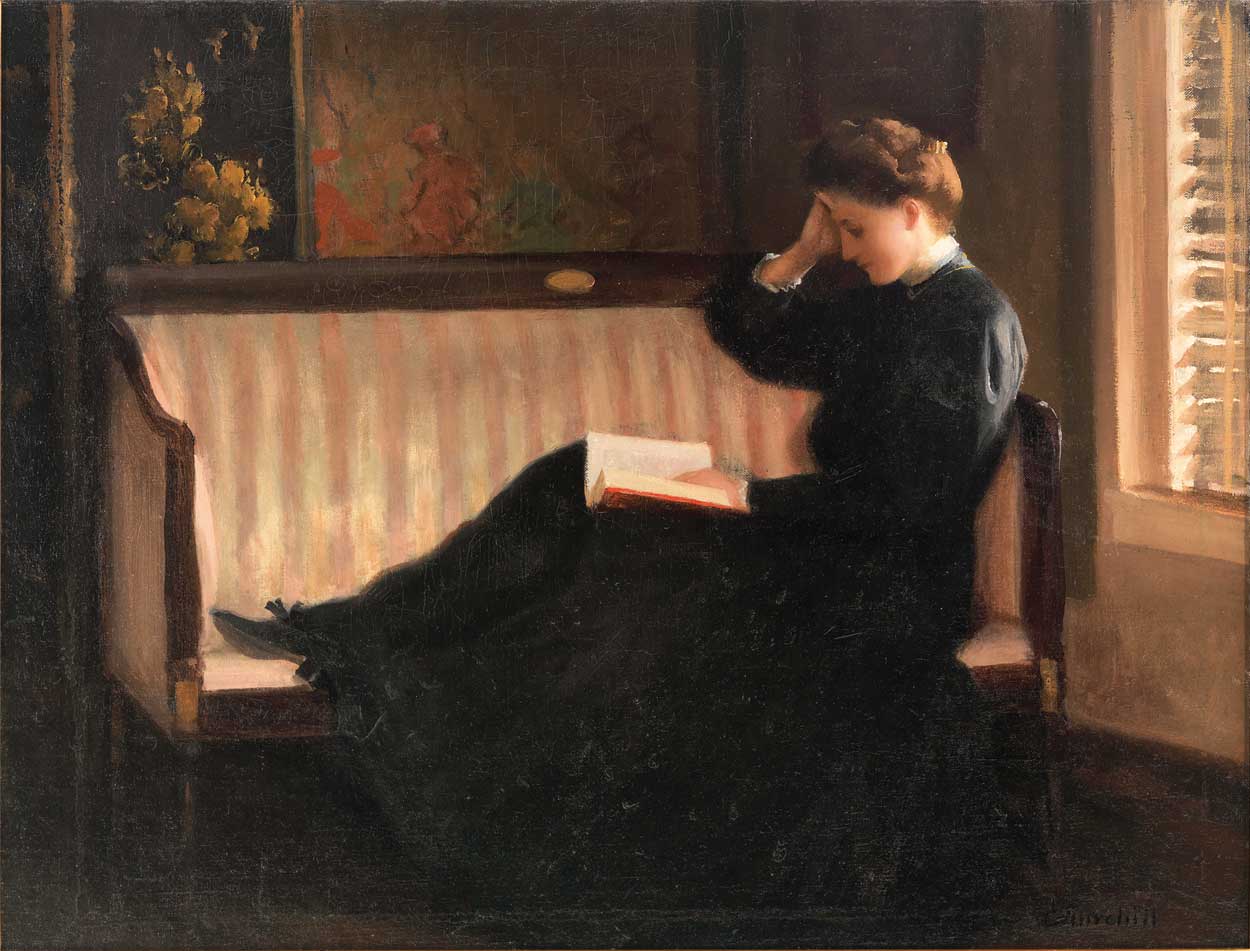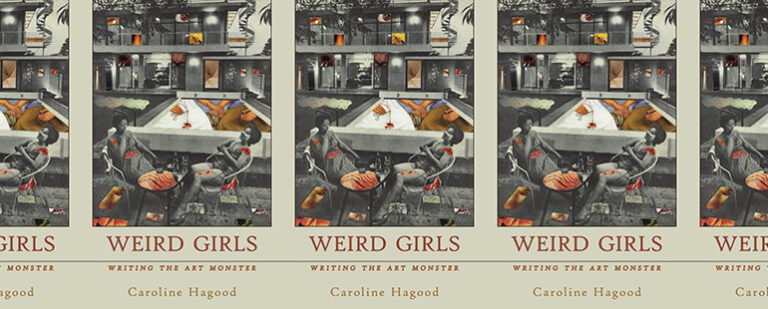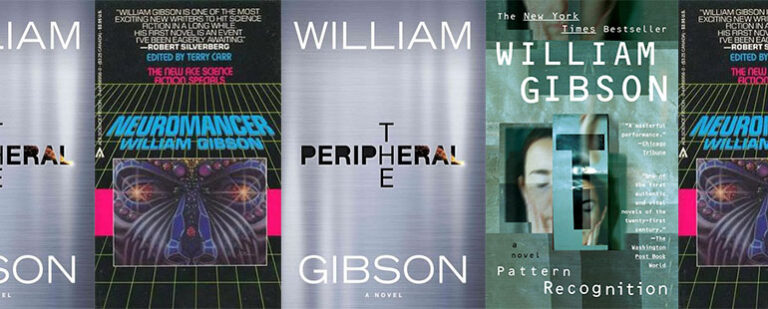The Joy of Reading Slowly

I have always been a fast reader. In elementary school, during our weekly trip to the library, a group of boys would time how quickly I read, using the page turn as a marker. Their ringleader, a boy I had a crush on, had a second hand on his big silver watch, the kind with the stretchy band, and he would call out the time and they would all laugh. I would stare into my book, no longer able to see the words. They were making fun of me, and it hurt, but it only made me want to read more. Reading allowed me to disappear, to immerse myself in the world of the book, a world far from my own. I raced through novels mostly because of their plots: I wanted to know what happened to those characters that I loved. Ironically, though, reading quickly meant the journey was often over far too soon.
To extend that time, I reread favorite books. I did this even more quickly. I read Jane Eyre multiple times, but recently, when I reread it, I hardly knew what happened before Jane gets to Thornfield. I must have rarely reread the beginning and, if I did, I read it so quickly that it didn’t stay with me. There was such comfort in returning to the chapters and moments that I loved—when Rochester first holds Jane’s hand, when he asks her to marry him, when she returns at the end—that I suppose I didn’t want to bother with the parts that didn’t provide that warmth.
Since then, my reading has ebbed and flowed as work and family and the world intervened. Still, I tended to read quickly when I read for pleasure. When I started seriously writing, and began to learn about craft, I read a bit more slowly, considering the craft choices as I went. But my default was always a quick pace. When I wrote about what I was reading, then I did read slowly, at least on the second and third reads. But even so, I had to force myself to slow down on each subsequent read.
In the years following November 2016, I struggled to read. My mind was constantly flitting, wanting to be somewhere else. I couldn’t settle into a novel in the same way. The joy I had found in immersing myself in a book seemed to be no longer possible. I did read, but not well, and certainly not deeply. I missed it but I couldn’t seem to find my way back. Then the pandemic hit, and I almost stopped reading altogether. I was reading newspapers and articles and Twitter, but not novels. Somehow, fiction seemed frivolous; it didn’t seem possible to leave this world for another. Reading it almost felt irresponsible.
But then A Public Space announced that they would be hosting an online book club, led by the wonderful Yiyun Li. The book club would be reading War and Peace over 85 days, 10-15 pages a day, starting in mid-March 2020 and ending in June, when (foolishly) we all believed the pandemic would be over. I was thrilled. I had never read War and Peace, but I had an old copy of it, one that was published in the mid-20th century. I will admit that I had never been tempted to read it. The weight of it distracted me, I think. Not just the physical weight, but the canonical baggage it carries. I thought I might not understand it, that I would woefully misread it, and, as I saw on Twitter some of the names of my fellow readers, that I would be well out of my league.
It turned out, though, that the community of readers was varied and always inclusive. Everyone’s thoughts were welcome. Yiyun Li, who made at least three astute comments on each day’s reading, is generous and so very wise. Her commentary on the book allowed all involved to contribute to the conversation, in whatever way felt right to them. My thoughts were often about the little things: Tolstoy’s small sensory details, for example, or when a moment in the novel reflected something that was happening in our world. A man’s sorrow is accessed through the sound of him blowing his nose. An empty street in St. Petersburg in 1805 reminded me of midtown Manhattan in late March 2020. A Team Andrei and a Team Pierre feud emerged, but I couldn’t take a side; my favorite character was Tikhon, a servant who appears only twice in the novel, so adept at his job that he always catches his master’s plate after he throws it in a fit of rage.
If I had read War and Peace at my normal reading speed, I would have skimmed over these smaller moments. I would have missed how Tolstoy uses repetition to show the chaos of battle. I would have missed the dirt crumbling from a horse’s hoof. I would have missed the “smell of fading leaves and dogs.” I very well might have never finished the book, giving up along the way, feeling as though it might never end, not allowing myself the pleasure of how the small moments accrue to create the whole. I would never have learned that I preferred the battles to the balls.
After War and Peace, A Public Space continued running online book clubs, all in the same manner. The one constant was that the books were read slowly, at a pace that could easily fit into anyone’s busy day. I participated in many of the clubs, reading such books as Annie Dillard’s The Maytrees, Mavis Gallant’s Green Water, Green Sky, and Jane Austen’s Persuasion led, respectively, by the wonderful writers and readers Elizabeth McCracken, Elliott Holt, and Rachel Cohen. Reading slowly at the start of every day became a daily practice. I have always needed to read before falling asleep at night and now I had found its (literal) bookend: a day somehow didn’t feel right unless it started with a small, concentrated time of reading.
I began to set aside books that I wanted to read more slowly and carefully. Some of these were books I was reading as research for my next novel. Others were books that I had always wanted to read, books that I knew I would learn from and hoped I would enjoy. Now, my desk has piles of books on it, each book only partially read. When reading in this way, I like to read many books at a time. For some books, I set up a schedule ahead of time. With others, I simply pick them up when that book seems to be the one I want to read. The books vary widely. Looking at my desk right now, one pile includes, in no particular order: Elizabeth Taylor’s Hide and Seek, Magda Szabo’s The Door, Lauren Groff’s Matrix, Richard Yates’s Revolutionary Road, and Barbara Comyns’s Our Spoons Came From Woolworths. There’s an exhilaration that comes from reading a number of very different books at a time; there are wonderful crossovers and shared moments that might not be seen in any other way.
Some types of books do lend themselves to slow reading; a collection of short stories is one of the best. In addition to reading a number of books slowly, I began to read at least one short story a day, also slowly and carefully, and I do that now at the start of every day. Often I read stories that are new to me—the newest story in The New Yorker, perhaps, or a Flannery O’Connor story that I somehow missed along the way. This fall, Adam O’Fallon Price began a William Trevor series at The Millions, where he is writing about one Trevor story a week for 85 weeks. I have read a good deal of Trevor, but not all, and I am very happily reading alongside Adam, treasuring the time each week when I get to live in Trevor’s worlds and words and marvel at his craft.
Part of the joy in reading Trevor is the joy of rereading. I recall the way it felt when I reread books as a child. Now when I reread, I also consider how the story works and what decisions were made that make it so satisfying. I can remember where I was when I first read Jamel Brinkley’s story “A Family”; since then, I have read it many times. It has an ending that unfurls, one that both opens and breaks my heart, but that only happens, of course, because the story is set up to work in just that way. Alice Elliott Dark’s “In The Gloaming” is another favorite, a story I have read more times than I can count. It, too, never ceases to amaze in its beautiful portrayal of a mother and her son and in the way that it reaches its fine conclusion.
There are problems, of course, with slow reading. It can be frustrating: it’s difficult to finish reading anything when you’re reading at such a slow pace. Because I’m reading slowly and reading multiple books and focusing on the little things, I can lose track of the plot or the bigger narrative moves. I often have to backtrack before I start reading, to remind myself of where I am. I have misremembered plot points; I have thought a character in one book was actually in another. And some books are simply not cut out for slow reading. A long book that demands immersion—such as Maggie Shipstead’s Great Circle—wasn’t possible for me to read slowly, even as I wanted to linger on each page. I needed to read it fast, to fully inhabit the world of the novel and not allow anything else to share the same space.
I have become a far better reader over the last year and a half because of learning how to read more slowly. I would also like to believe that my writing has improved by reading at this pace. I watch the choices that a better writer makes, sentence by sentence, paragraph by paragraph, and hope that something gets translated to my work, if only in the smallest of ways. Perhaps most importantly, though, I once again love to read. It is a luxury and a treat to start each day by reading slowly. It feels like such a gift, and I am again that little girl in the library who couldn’t wait to hear the spine crackle when opening a new library book, and then to be captured by the story inside.
I’ve never forgotten those boys in the library. I think now, though, that they were a little right to call me out, even if it was mean, even if they did so for all the wrong reasons. Rushing through anything is rarely a good way to be. Recently, a friend told me that his post-COVID promise to himself was to try to be more in the moment: to spend more time with friends, not doing much of anything besides being together. Not racing from one event to another. Not always moving on to the next thing. Going too fast, you can miss the small moments. It can be hard to appreciate the beauty. By slowing down, you can linger, you can learn, and you can make the moment last.
This piece was originally published on November 29, 2021.


